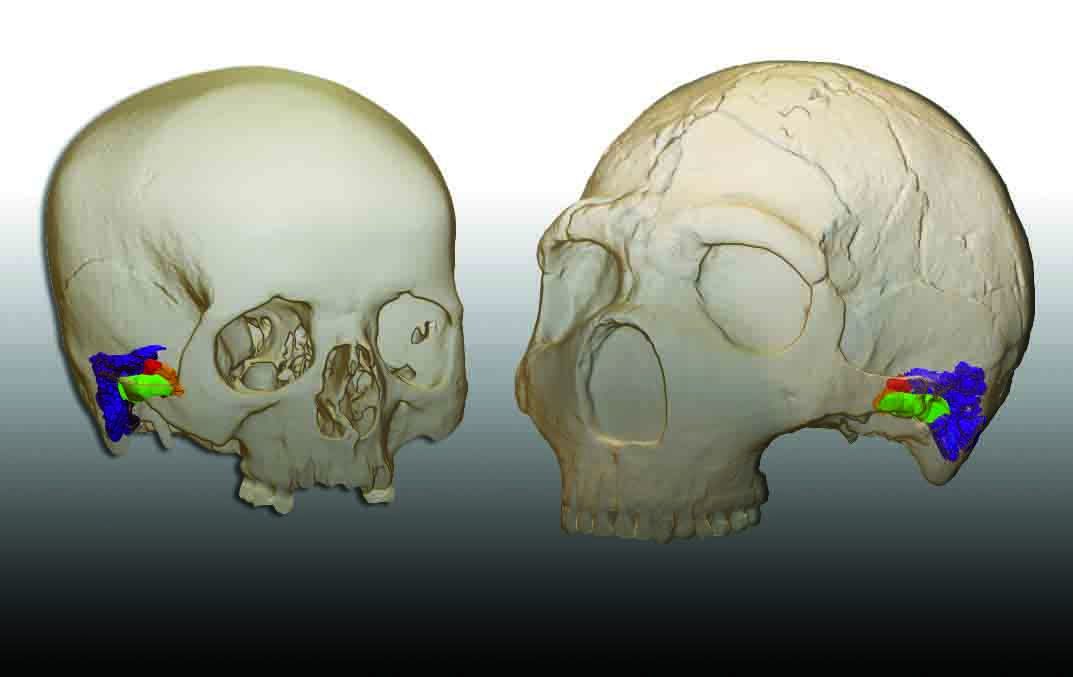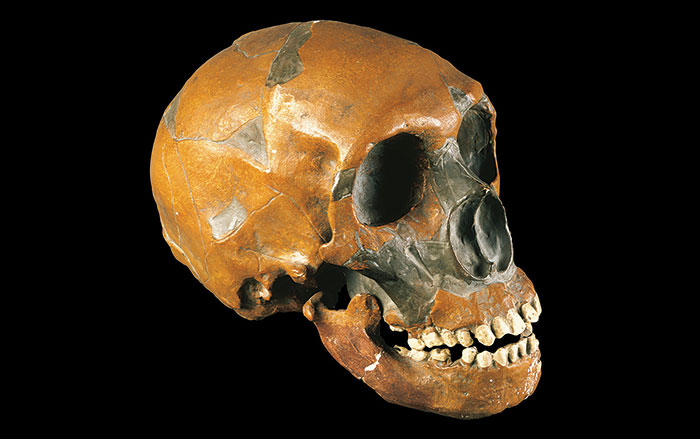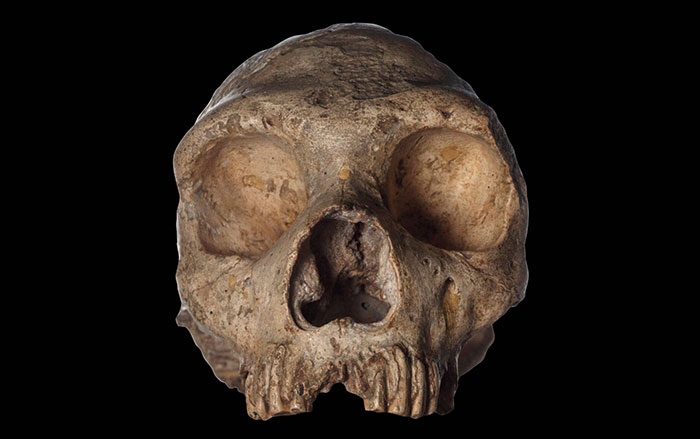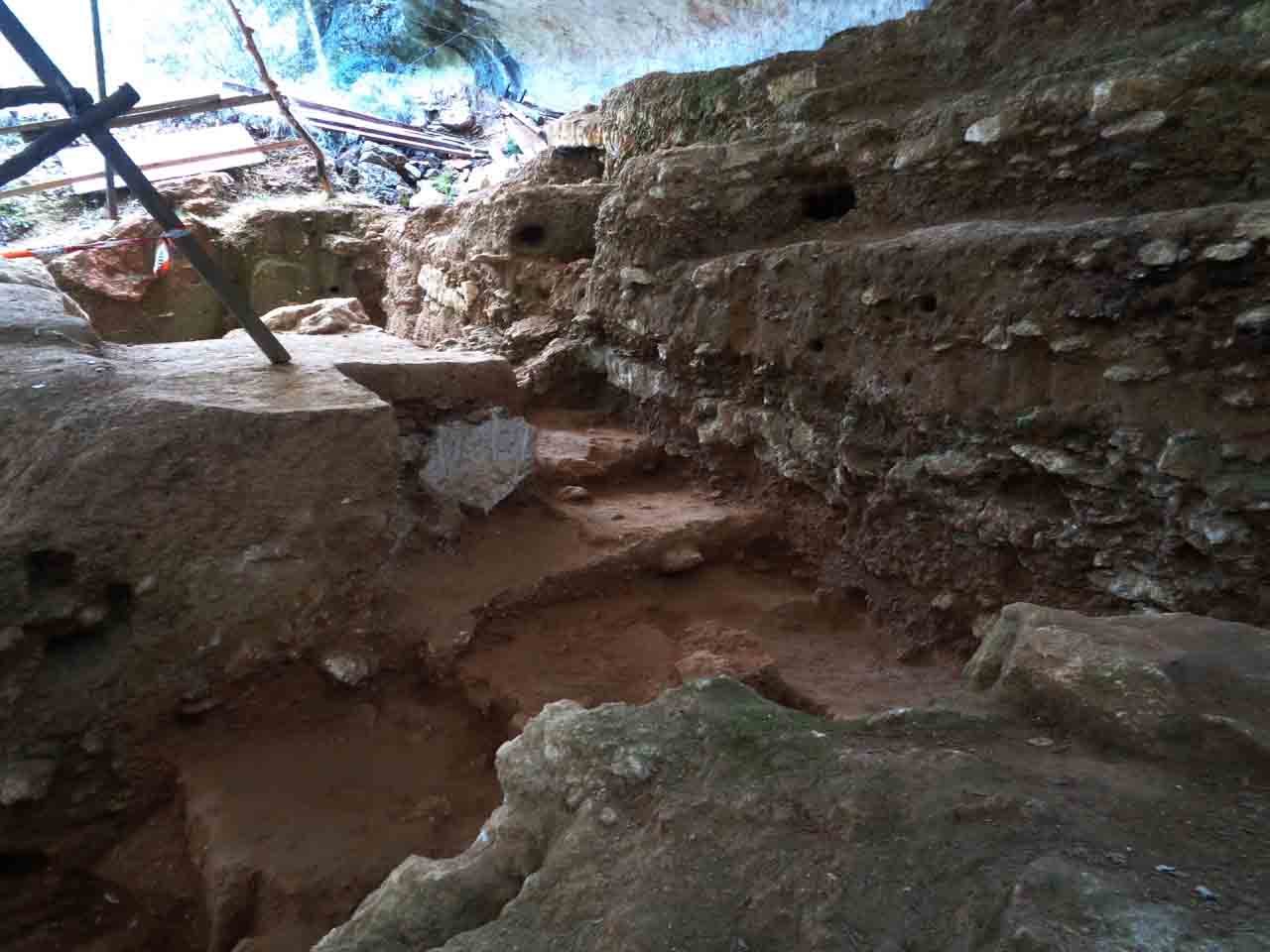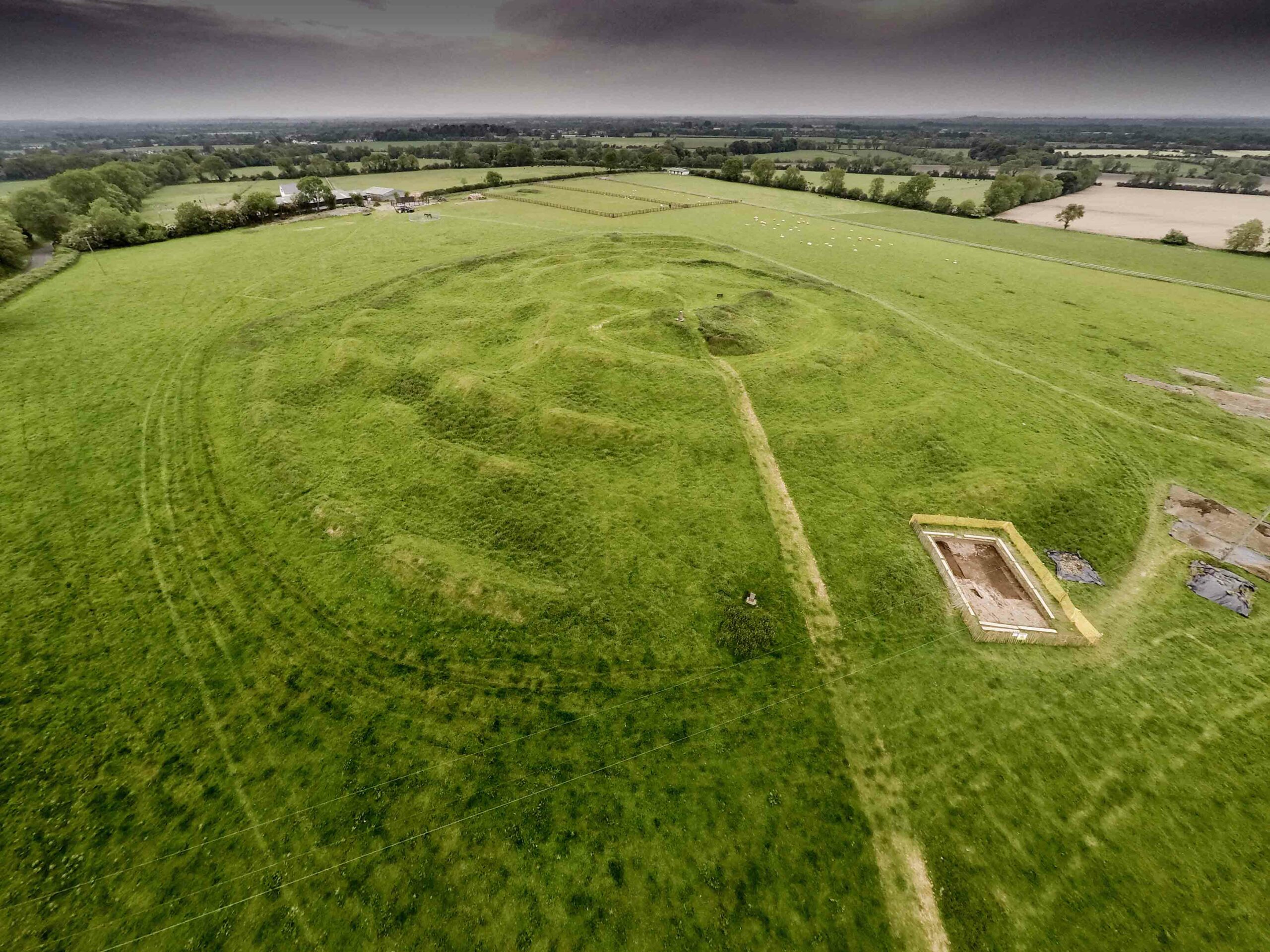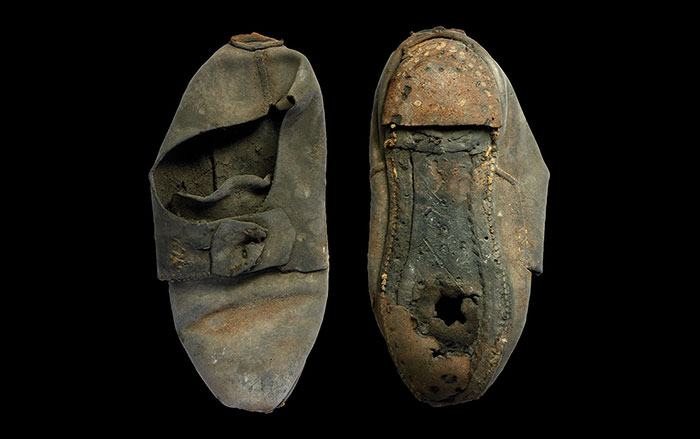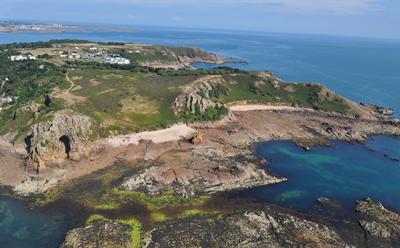
SAINT HELIER, JERSEY—UPI reports that archaeologist Andy Shaw of the University of Southampton led a team that reexamined artifacts and mammoth bones unearthed in La Cotte de St Brelade, a cave on the largest of the Channel Islands off the coast of France. The team also investigated the landscape surrounding the cave. The study suggests Neanderthals returned to the high ground for many generations between 180,000 and 40,000 years ago, before Jersey was surrounded by water. But the researchers are not sure why the Neanderthals kept returning to the cave, despite changes in the climate and the landscape. It may have been a highly visible marker with a known shelter, and may be one of the last known places where Neanderthals lived. To read about another cave used by Neanderthals, go to “Early Man Cave.”


